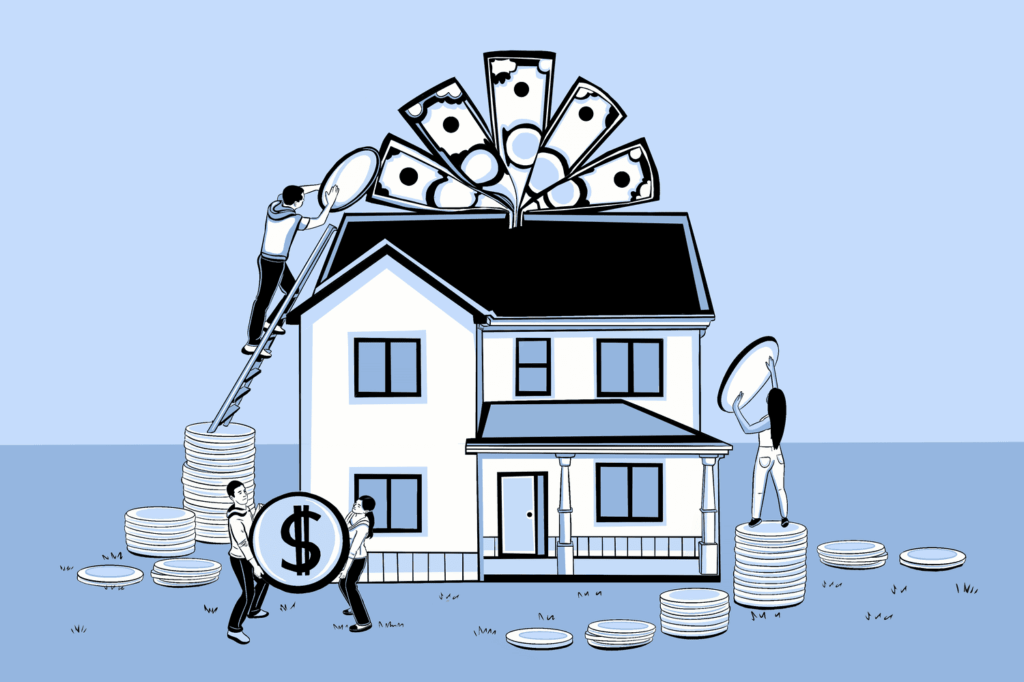In recent years, there has been a growing focus on providing accessible housing for individuals with disabilities. The need for accessible homes is critical to ensuring that people with mobility issues, sensory impairments, or other disabilities can live comfortably and independently. As the real estate industry adapts to changing demands, Multiple Listing Services (MLS) are playing an important role in helping real estate professionals cater to this market segment. MLS solutions for accessible housing can provide key features that make the home search process easier for those with special needs. This article will explore the importance of accessible housing, how MLS platforms can support this need, and best practices for integrating accessible features into MLS listings.
The Growing Need for Accessible Housing
Accessible housing refers to residential properties that are designed or modified to accommodate individuals with physical disabilities. This can include modifications such as wider doorways, ramps, grab bars in bathrooms, accessible kitchens, and other features that make a home easier to navigate for people with mobility challenges.
The demand for accessible housing is increasing for several reasons:
- Aging Population: As the global population ages, there are more people with disabilities or mobility issues who require accessible homes. The World Health Organization (WHO) estimates that by 2050, the global population of people aged 60 years or older will double. Many seniors will need homes that cater to their physical limitations, making accessible housing essential.
- Disability Rights and Inclusion: In many countries, there has been a push for greater inclusion and equal rights for individuals with disabilities. Laws such as the Americans with Disabilities Act (ADA) in the United States have created a framework for ensuring that public spaces and housing are accessible. However, the availability of truly accessible homes is still limited, making it a crucial area of focus for the housing market.
- Independent Living: Many individuals with disabilities prefer to live independently rather than in care facilities or group homes. Accessible housing allows them to maintain their independence, which is essential for their quality of life and well-being.
As the demand for accessible housing continues to rise, MLS systems can provide solutions that allow potential buyers or renters to easily find properties that meet their specific accessibility needs.
How MLS Solutions Can Support Accessible Housing
MLS systems are central to the home-buying and renting process. Traditionally, MLS platforms have focused on listing general property features such as square footage, number of bedrooms, and price. However, as the demand for accessible housing grows, MLS systems need to evolve by offering more detailed and specialized filters that allow users to search for homes that meet their accessibility requirements.
Here are a few ways MLS systems can support accessible housing:
Incorporating Accessibility Filters
One of the key solutions for improving the accessibility of MLS platforms is to add filters for specific accessibility features. These filters can help users quickly identify homes that are suitable for individuals with disabilities. Some examples of accessibility features that could be included in MLS listings are:
- Wheelchair ramps or lifts: These features are essential for individuals who use wheelchairs or mobility devices. Having a filter that specifies whether a property has a ramp or lift can be a huge help in finding suitable homes.
- Wider doorways and hallways: Properties that have been modified or built to include wider doors and hallways are crucial for individuals with mobility challenges.
- Accessible bathrooms: Bathrooms that are equipped with grab bars, roll-in showers, and other features designed for accessibility are important considerations for many individuals.
- Elevators: In multi-story homes or apartment buildings, elevators are a necessity for individuals who cannot navigate stairs. An elevator filter in MLS systems can help users find properties with this feature.
- Single-story homes: For individuals with mobility issues, single-story homes or homes with fewer stairs are often the most practical choice. An MLS filter for single-story properties can help narrow down the search.
- Braille signage or tactile markings: For those with visual impairments, properties with Braille signage or other tactile features can improve navigation within the home.
Detailed Property Descriptions
While filters are helpful, it’s equally important for MLS listings to include detailed descriptions of a property’s accessibility features. A standard MLS listing may include the number of bedrooms, bathrooms, and other basic features, but when it comes to accessible housing, more specific details are crucial.

For example, a listing could include information such as:
- The type of wheelchair access (ramp, lift, etc.)
- The size and configuration of doorways and hallways
- The presence of an accessible bathroom or kitchen
- Any modifications that have been made to improve accessibility
- Whether the property is located near accessible transportation or services
These descriptions can give potential buyers or renters a better understanding of whether the property meets their needs before scheduling a showing.
Collaborating with Accessibility Experts
Incorporating accessibility features into an MLS listing requires expertise. Some real estate agents may not have a full understanding of what constitutes an accessible home or what modifications are necessary for a property to be considered truly accessible. To address this, MLS platforms could collaborate with accessibility experts, architects, or contractors who specialize in accessible home modifications. These professionals can help ensure that MLS listings are accurate and provide the right level of detail.
For example, an accessibility expert could review a property’s design and provide a certification or assessment of its accessibility. This certification could then be included in the MLS listing, offering additional assurance to potential buyers or renters.
Educating Real Estate Professionals
Another solution is to provide training and resources for real estate agents and brokers to help them better understand accessible housing needs. Real estate professionals who are knowledgeable about accessible housing features can better serve clients with disabilities, providing them with the best options available.
MLS platforms could offer webinars, articles, or workshops that educate real estate agents on how to identify and list accessible features in properties. This knowledge can empower agents to serve a growing and often underserved market.
Highlighting Universal Design Homes
Universal design is a concept that involves creating spaces that are accessible and usable by people of all ages and abilities. Homes that feature universal design elements can be more adaptable and inclusive. MLS systems could highlight homes that incorporate universal design features, such as:
- No-step entries
- Wider hallways and doors
- Lever-style door handles and faucets
- Adjustable-height counters and workspaces
By promoting universal design in MLS listings, platforms can help raise awareness about the importance of creating homes that are accessible to everyone, regardless of ability.
Best Practices for Implementing Accessible Housing Solutions in MLS
To make MLS platforms truly effective for accessible housing, here are some best practices:
- Ensure consistency in accessibility terminology: MLS platforms need to use consistent terminology when describing accessibility features. This ensures that users can accurately search for homes with the specific features they need.
- Work with advocacy organizations: Partnering with organizations that advocate for people with disabilities can help MLS platforms understand the needs of the community and ensure that listings are truly accessible.
- Promote accessible housing options: MLS systems should actively promote accessible homes to increase awareness and help connect property owners with individuals who need accessible housing.
Conclusion
Accessible housing is a growing necessity as more people seek to live independently, and the demand for these properties is only expected to rise. MLS solutions can play a crucial role in connecting people with disabilities to suitable housing by providing specialized filters, detailed property descriptions, and professional guidance. By integrating these features into MLS platforms, real estate professionals can better serve this underserved market, improving the housing search process and supporting inclusive communities. As the real estate industry continues to evolve, the focus on accessibility will help ensure that everyone has access to the homes they need.













